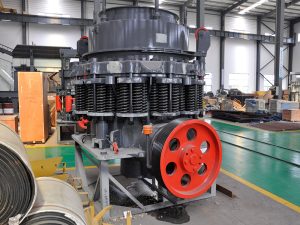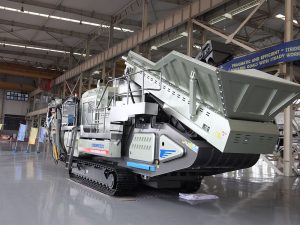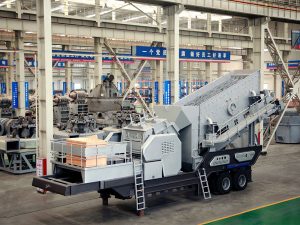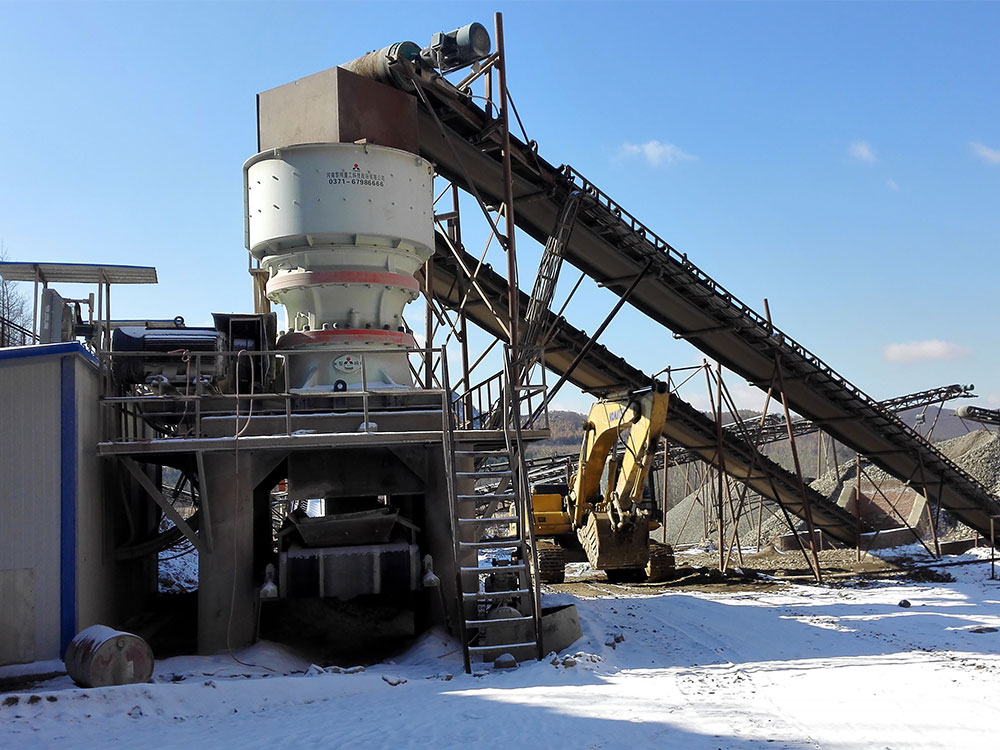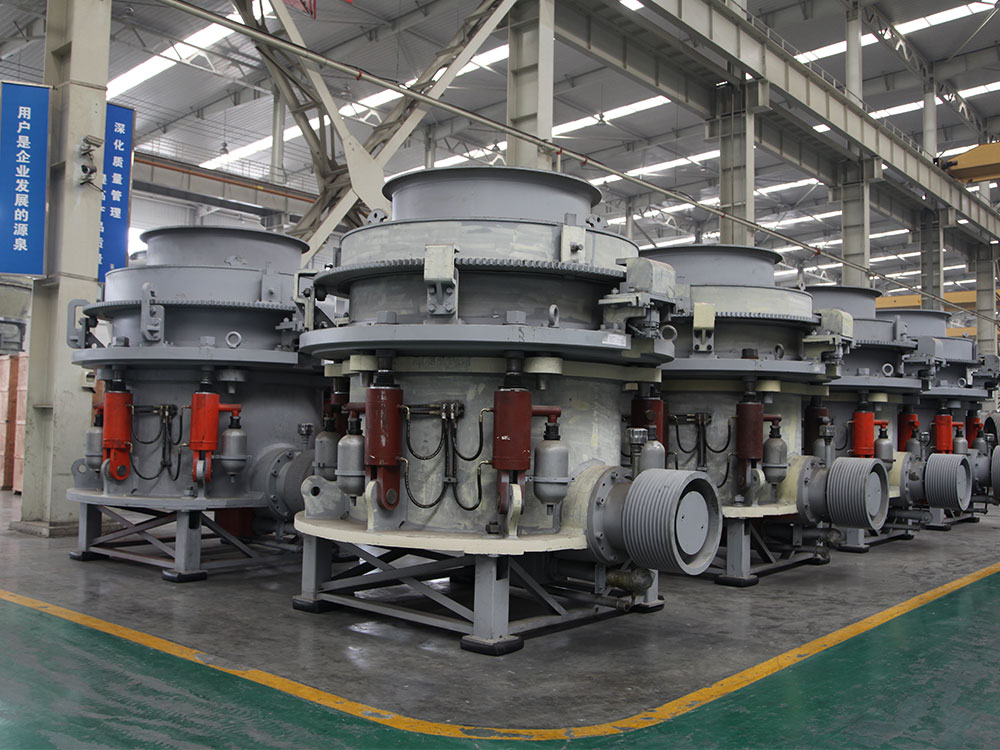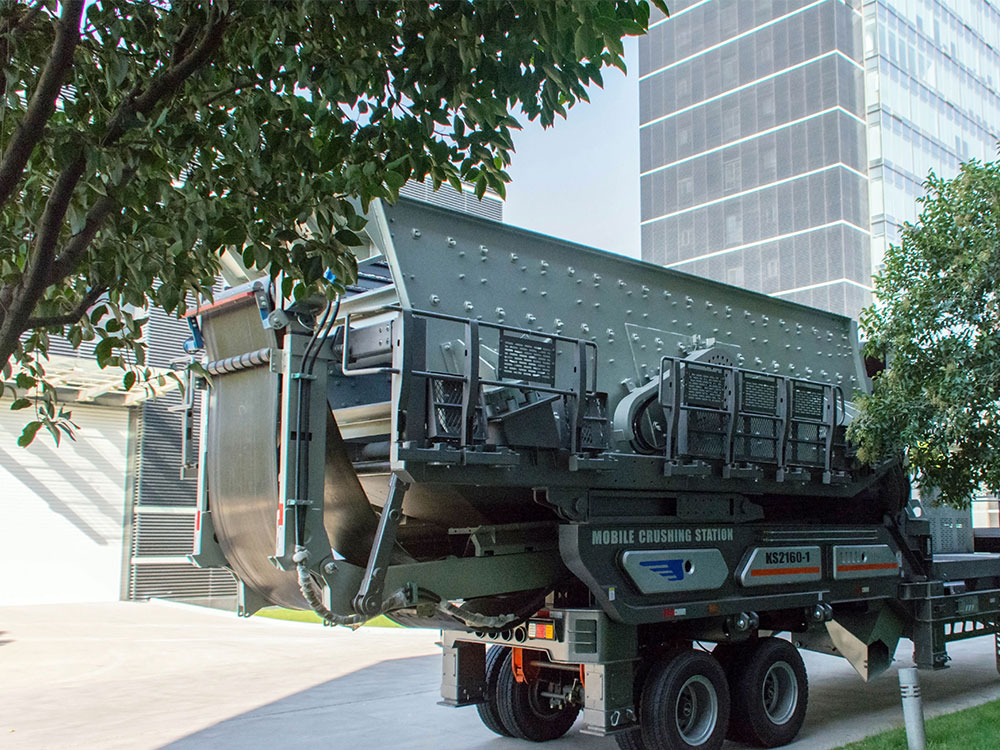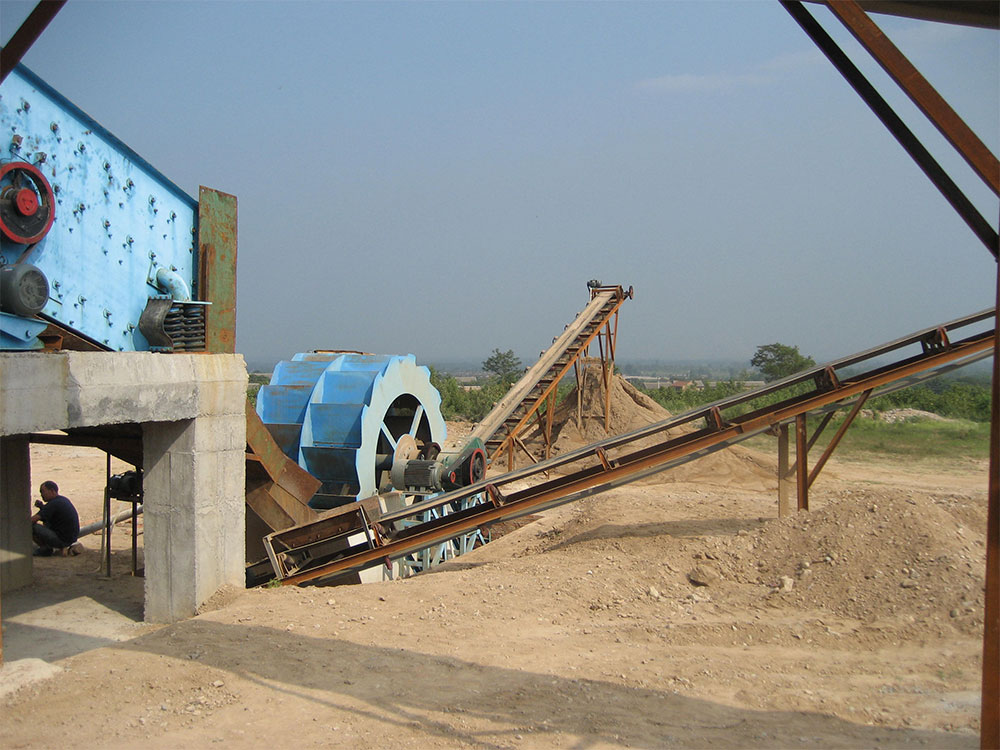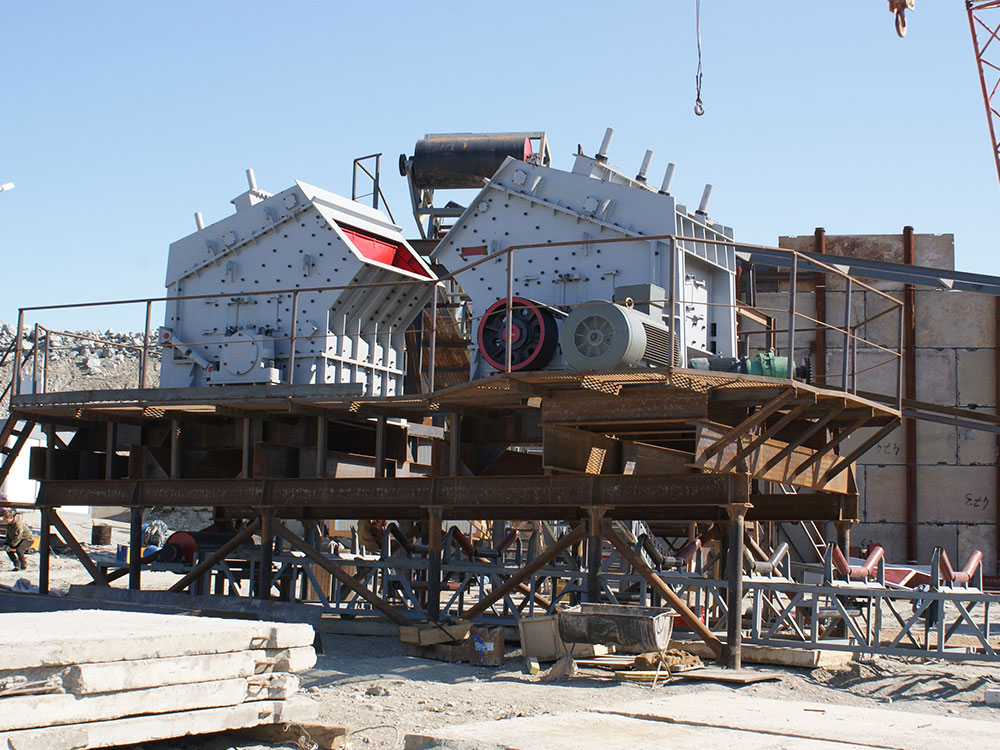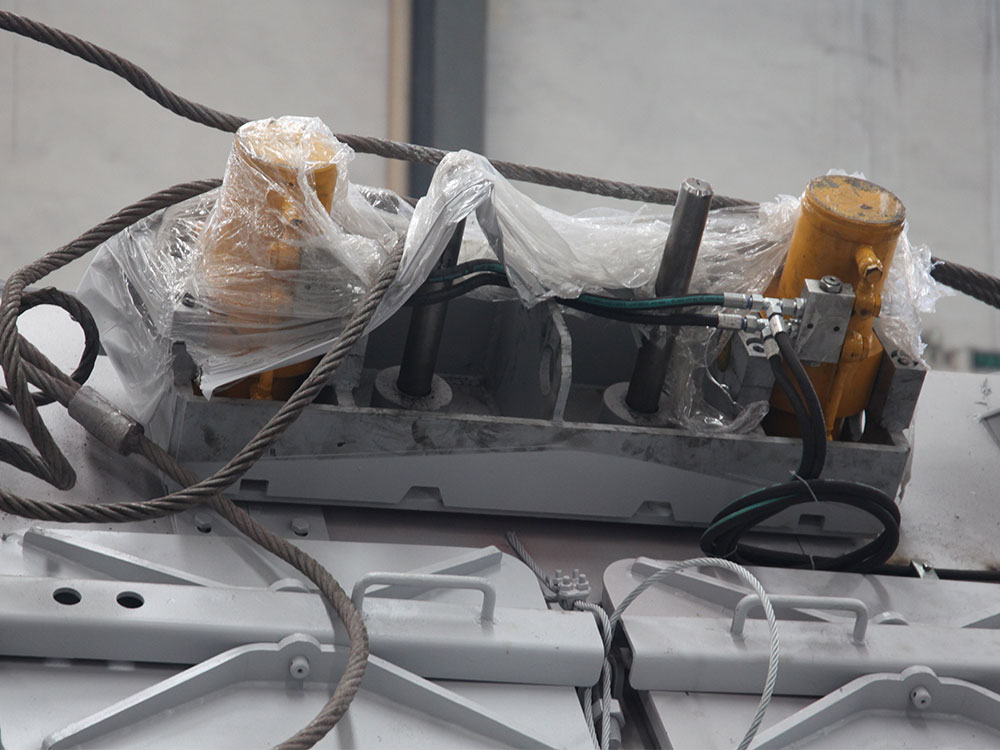The limestone processing process is a systematic and complex procedure encompassing multiple critical steps from ore extraction to the final product. The following is a detailed expansion of the main steps in the limestone processing process:
Ore Selection
Ore selection is the first and most critical step in limestone processing. During this phase, staff extract raw limestone ore from the mine. The extraction process typically involves blasting and mining operations, which require precise planning to ensure efficient and safe extraction of the ore. The extracted ore is then sent to a laboratory for quality and composition analysis. Through chemical analysis and physical testing, the purity, hardness, and impurity content of the ore can be determined, providing a scientific basis for selecting subsequent processing methods. For example, if the ore contains excessive impurities, more complex purification processes may be required; if the ore has high hardness, more powerful crushing equipment may be needed.
Crushing
Crushing is the initial breaking stage in limestone processing. Large limestone ore blocks are fed into crushers for primary crushing. Commonly used primary crushing equipment includes jaw crushers and cone crushers. Jaw crushers use the relative movement of two jaw plates to squeeze and crush the ore, making them suitable for processing ores of various hardness levels; cone crushers, on the other hand, utilize a cone-shaped crushing chamber and a rotating crushing head to crush the ore, offering higher crushing efficiency and lower energy consumption. After coarse crushing, the ore is crushed to a certain particle size to facilitate subsequent processing.
Medium and fine crushing
The crushed limestone particles then enter the medium and fine crushing stage, whose primary purpose is to further crush the particles to a smaller particle size. Commonly used medium and fine crushing equipment includes impact crushers and cone crushers. Impact crushers crush ore using high-speed rotating hammers and impact plates, offering advantages such as a high crushing ratio and uniform product particle size; while cone crushers also perform exceptionally well in the medium and fine crushing stage, capable of adjusting the shape of the crushing chamber and the rotational speed of the crushing head as needed to achieve optimal crushing results. The specific choice of equipment depends on the hardness of the limestone and the required particle size.
Screening
The crushed limestone particles must undergo screening to separate products of different particle sizes. Vibrating screens are commonly used screening equipment, which use screens with different mesh sizes to classify limestone particles into various specifications. The screening process not only improves product purity but also facilitates subsequent processing or use. For example, in the construction industry, limestone particles of different particle sizes can be used in various construction scenarios; in the chemical industry, finer screening may be required to meet specific production requirements.
Grinding (optional)
For limestone products that need to be prepared into powder form, grinding is an indispensable step. Grinding mills can finely grind limestone particles into powdered material to meet specific application requirements. For example, in the papermaking industry, powdered limestone can be used as a filler; in the coatings industry, it can serve as a thickener or pigment. The selection of a grinding machine also depends on the required particle size and production capacity. Common grinding machines include Raymond mills and high-pressure micro-powder grinding machines.
Calcination (optional)
For certain specialized limestone products, such as quicklime or slaked lime, calcination is a critical process. Calcination involves subjecting limestone to high temperatures to induce chemical reactions that alter its physical properties and chemical composition. During calcination, the calcium carbonate in limestone decomposes into calcium oxide and carbon dioxide, resulting in quicklime. Quicklime further reacts with water to produce slaked lime. Calcination equipment includes options such as limestone calcining kilns and limestone rotary kilns, which can be customized according to production scale and process requirements.
Common equipment used in limestone processing
In addition to the crushing, screening, grinding, and calcination equipment mentioned above, there are also some commonly used auxiliary equipment in limestone processing:
Crushing equipment: such as jaw crushers, cone crushers, and impact crushers, which are used to crush limestone into particles of different sizes. These devices are characterized by high efficiency, durability, and ease of maintenance, making them core equipment in limestone processing.
Screening equipment: such as vibrating screens, used to separate crushed limestone particles into products of different specifications. Vibrating screens have the advantages of high screening efficiency, low noise, and ease of operation, making them indispensable equipment in limestone processing.
Feeding equipment: such as vibrating feeders, used to uniformly feed limestone raw materials into crushers or other equipment. Feeding equipment ensures a stable supply of raw materials and improves production efficiency.
Conveying equipment: such as belt conveyors, used to transport limestone raw materials, crushed products, or finished products between different equipment or different processes. Conveying equipment features high conveying capacity, long conveying distance, and low energy consumption, making it an important auxiliary equipment in limestone processing.
Grinding equipment (optional): such as grinding mills, used to grind limestone particles into powdered material. Grinding equipment can be customized according to production requirements to meet different particle size and production volume needs.
Calcination Equipment (optional): such as limestone calcining kilns or limestone rotary kilns, used for high-temperature processing of limestone to produce products like quicklime or slaked lime. Calcination equipment requires strict control of parameters such as temperature and time to ensure product quality and stability.
The limestone processing process is a complex procedure involving multiple steps and equipment. By precisely controlling the parameters of each step and selecting appropriate equipment, high-quality limestone products tailored to specific applications can be produced.


